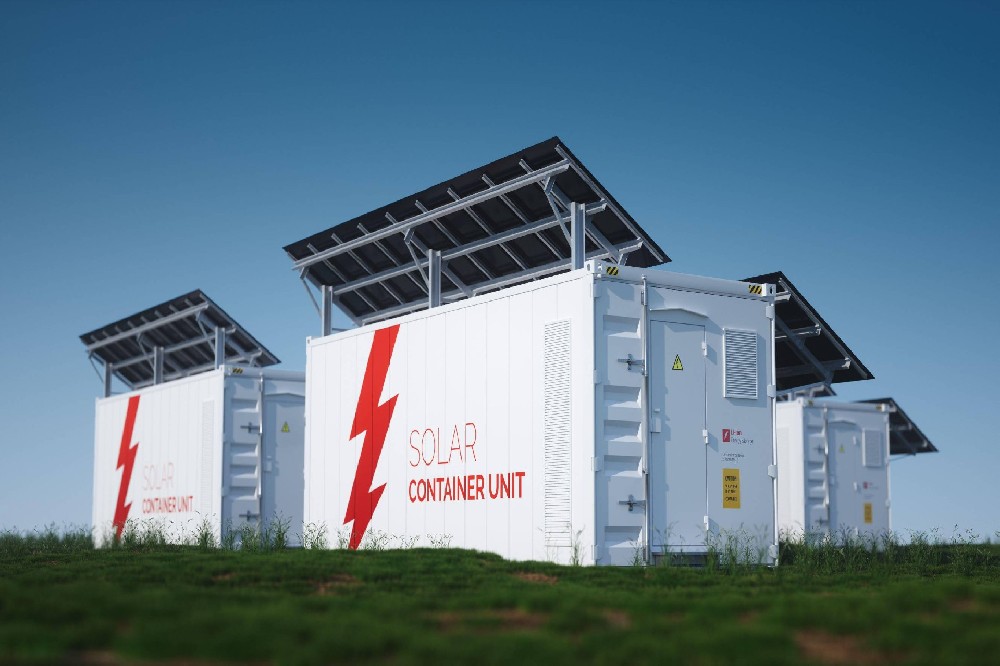Technologies In IoT
The internet of things changes everything. Future IoT applications that require global coverage and mobility will focus on cellular technologies, such as 4G-based LTE-M and NB-IoT technologies, as well as future 5G technologies. Other applications will rely on low-power WAN technologies in unlicensed bands, such as Sigfox or LoRaWAN. Most applications will use short-range or medium-range wireless technologies, such as Bluetooth ®, WLAN/Wi-Fi, Zigbee, Z-Wave, RFID and Near-Field Communication, Optical tags and quick response codes, and Thread technologies. Smart devices today bring a new level of complexity in design, test, performance monitoring, and security.
 Power Supplies and DC Loads
Power Supplies and DC Loads
 Meters
Meters












